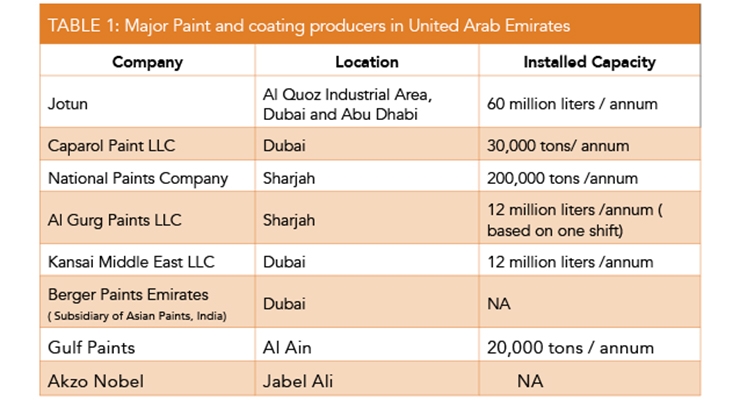Discover The Impact Of Climate Condition On Your Outside Paint Job For A Remarkable Finish
Discover The Impact Of Climate Condition On Your Outside Paint Job For A Remarkable Finish
Blog Article
Content Author-Reilly Dowling
Recognizing how weather conditions can influence the outcome of an outside painting undertaking is critical for achieving a flawless coating. From temperature variations altering paint attachment to moisture degrees affecting drying times, each aspect of weather plays a significant role in the success of your project. Furthermore, wind rate and rainfall can present unexpected obstacles that may compromise the quality of the outcome. As we browse through the nuances of weather's effect on exterior painting, it comes to be noticeable that meticulous preparation and calculated timing are essential for making sure an expert and durable end result.
Perfect Temperature Variety for Paint
When thinking about external painting projects, the optimal temperature range plays a vital role in accomplishing optimal results. Paint in the right temperature problems makes sure that the paint sticks appropriately to the surface, dries uniformly, and remedies efficiently. Normally, the recommended temperature level variety for exterior painting is in between 50 to 85 levels Fahrenheit.
Paint in temperatures listed below 50 degrees Fahrenheit can bring about problems such as bad paint attachment, prolonged drying out times, and an enhanced probability of cracking or peeling off.
On the other hand, painting in temperature levels above 85 levels Fahrenheit can trigger the paint to dry too swiftly, causing blistering, bubbling, and an irregular finish.
To achieve the best results, it is necessary to inspect the weather prediction prior to beginning an outside painting project. Preferably, purpose to paint throughout mild climate condition with modest temperature levels and low humidity levels.
Results of Humidity on Paint Drying
Humidity degrees dramatically affect the drying procedure of paint related to exterior surfaces. High humidity can lengthen the drying time of paint, bring about possible concerns such as dripping, streaking, or even the development of bubbles on the painted surface. Excess wetness airborne decreases the dissipation of water from the paint, impeding the treating procedure. This is particularly troublesome for water-based paints, as they rely on dissipation for drying.
On the other hand, low moisture levels can likewise influence paint drying. Exceptionally completely dry conditions might trigger the paint to completely dry too swiftly, bring about inadequate attachment and a rough coating. In https://www.elledecor.com/design-decorate/color/g23711163/neutral-paint-colors/ , adding a paint conditioner or spraying a fine haze of water airborne can assist regulate humidity degrees and improve the paint outcome.
To ensure optimum drying out problems, it is advisable to repaint when the humidity levels range in between 40% and 50%.
Tracking moisture degrees and taking suitable measures can help accomplish a smooth and sturdy paint coating on outside surface areas.
Wind and Precipitation Factors To Consider
Wind rate and precipitation are critical factors that significantly influence the success of an external paint project.
When it concerns wind, both rate and instructions are essential factors to consider. High wind rates can cause paint to completely dry also promptly, resulting in a poor do with potential concerns like fracturing or unequal texture. Furthermore, wind can lug particles that might comply with the wet paint, causing imperfections. Therefore, commercial bathroom decor ought to intend to work with days with light to moderate winds for optimal painting conditions.
On the other hand, rainfall, whether rain or snow, can be exceptionally harmful to the result of an external paint project. Wetness from precipitation can prevent paint adhesion, causing peeling and bubbling over time. It is crucial to avoid painting throughout stormy or snowy climate to make certain the durability and quality of the paint task. Painters ought to additionally enable sufficient time for the surface area to dry thoroughly after any kind of rainfall prior to beginning or returning to the paint process.
Verdict
In conclusion, climate condition play a significant role in the result of an exterior paint job. The perfect temperature variety, humidity degrees, wind rate, and precipitation all add to the success or failing of the paint job.
It is important to think about these factors and strategy as necessary to make sure proper paint bond, drying out times, and total high quality of the completed product.
